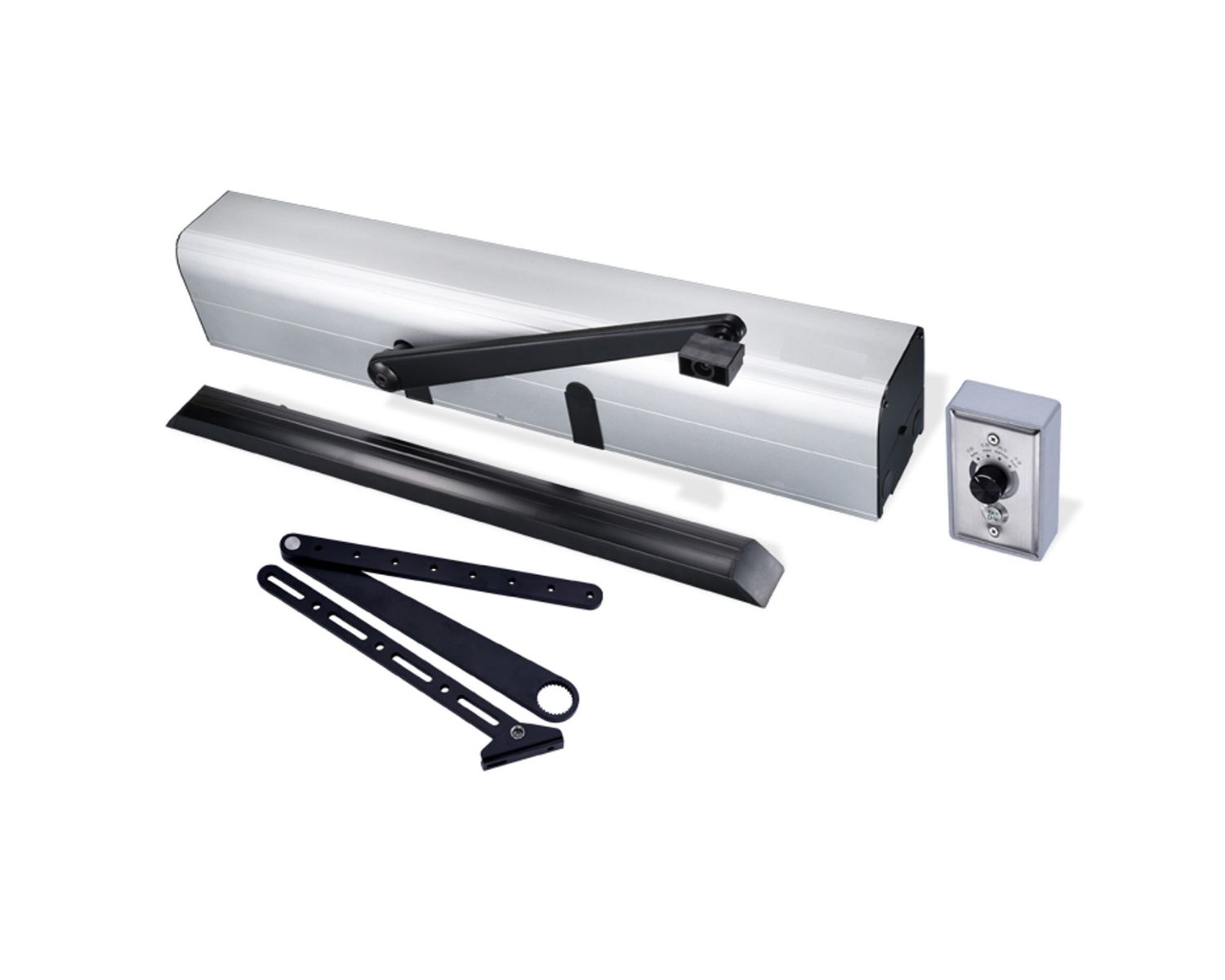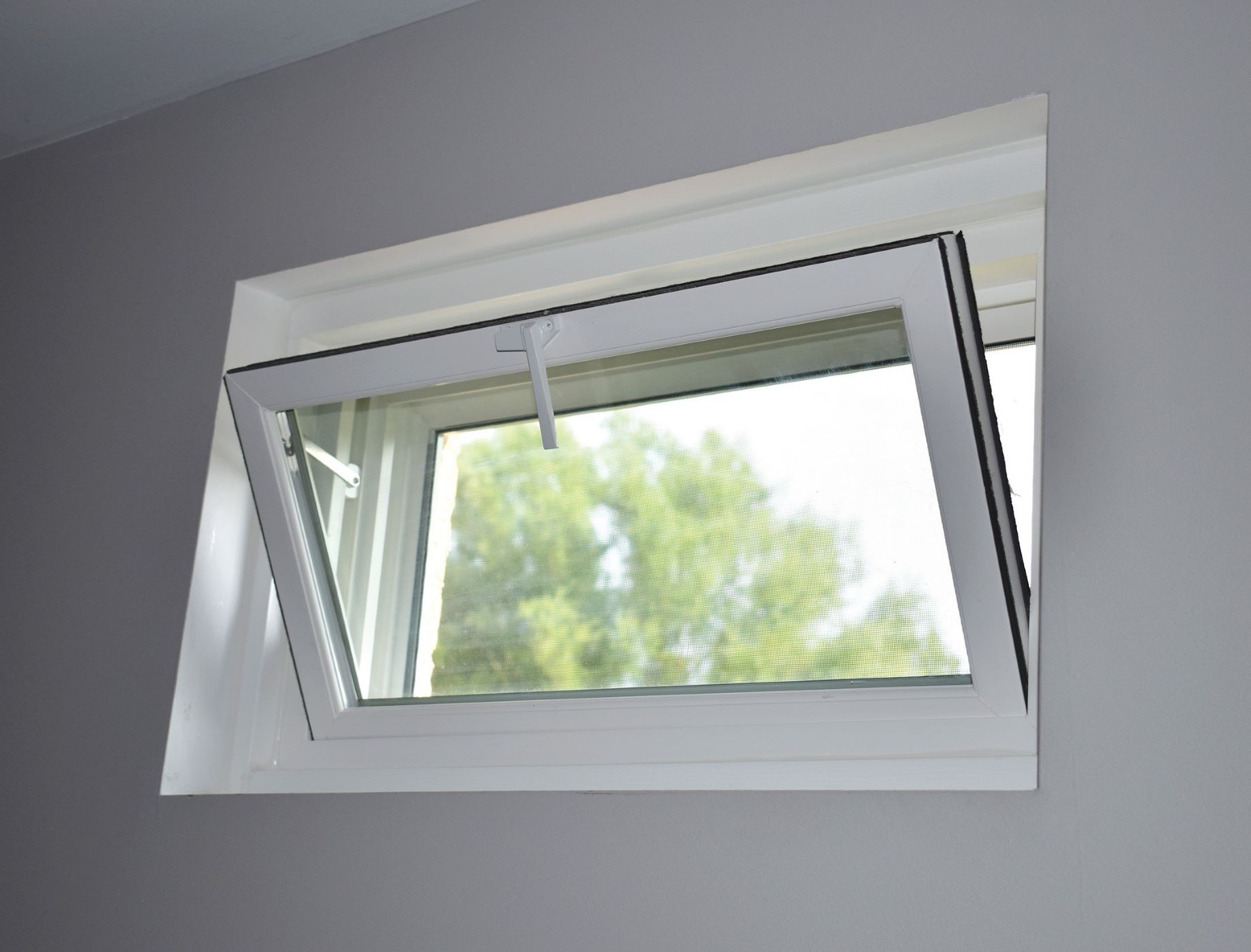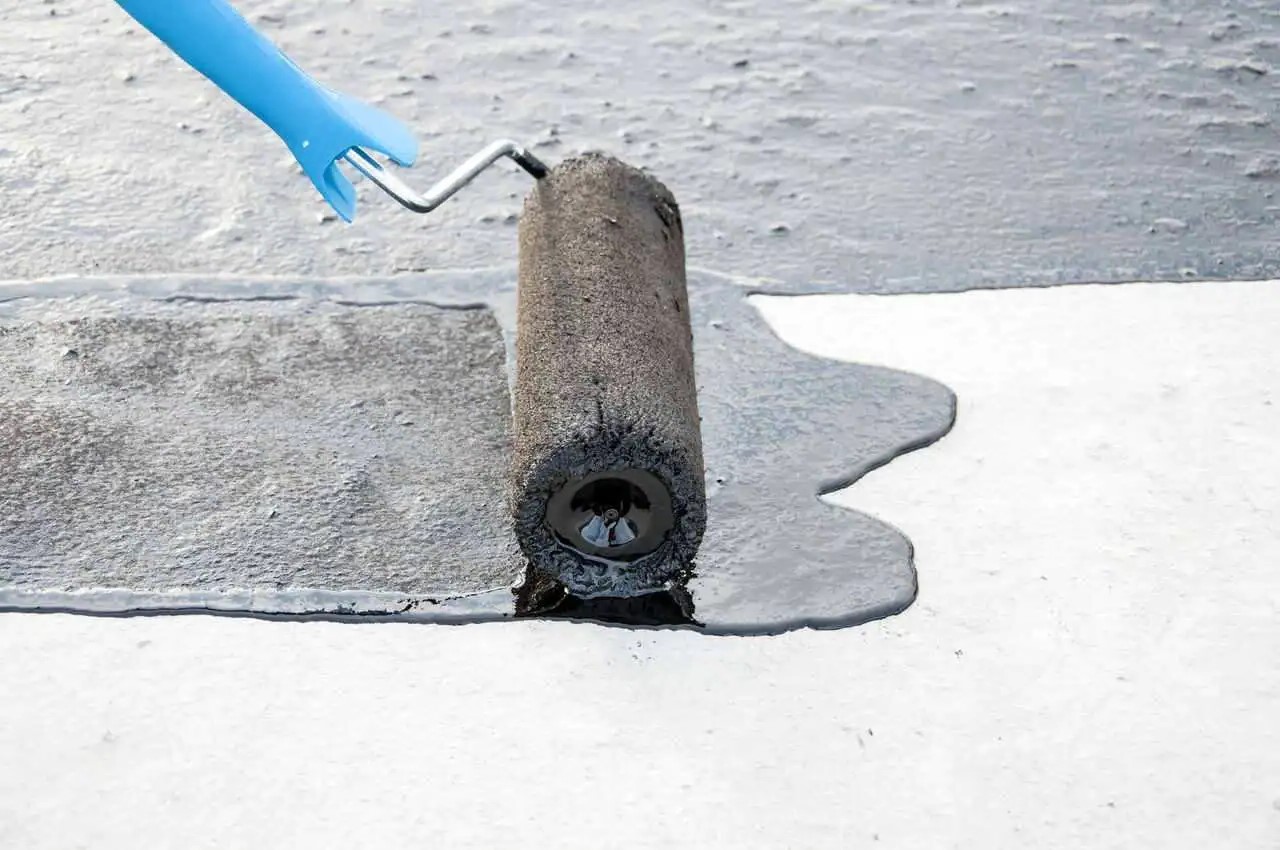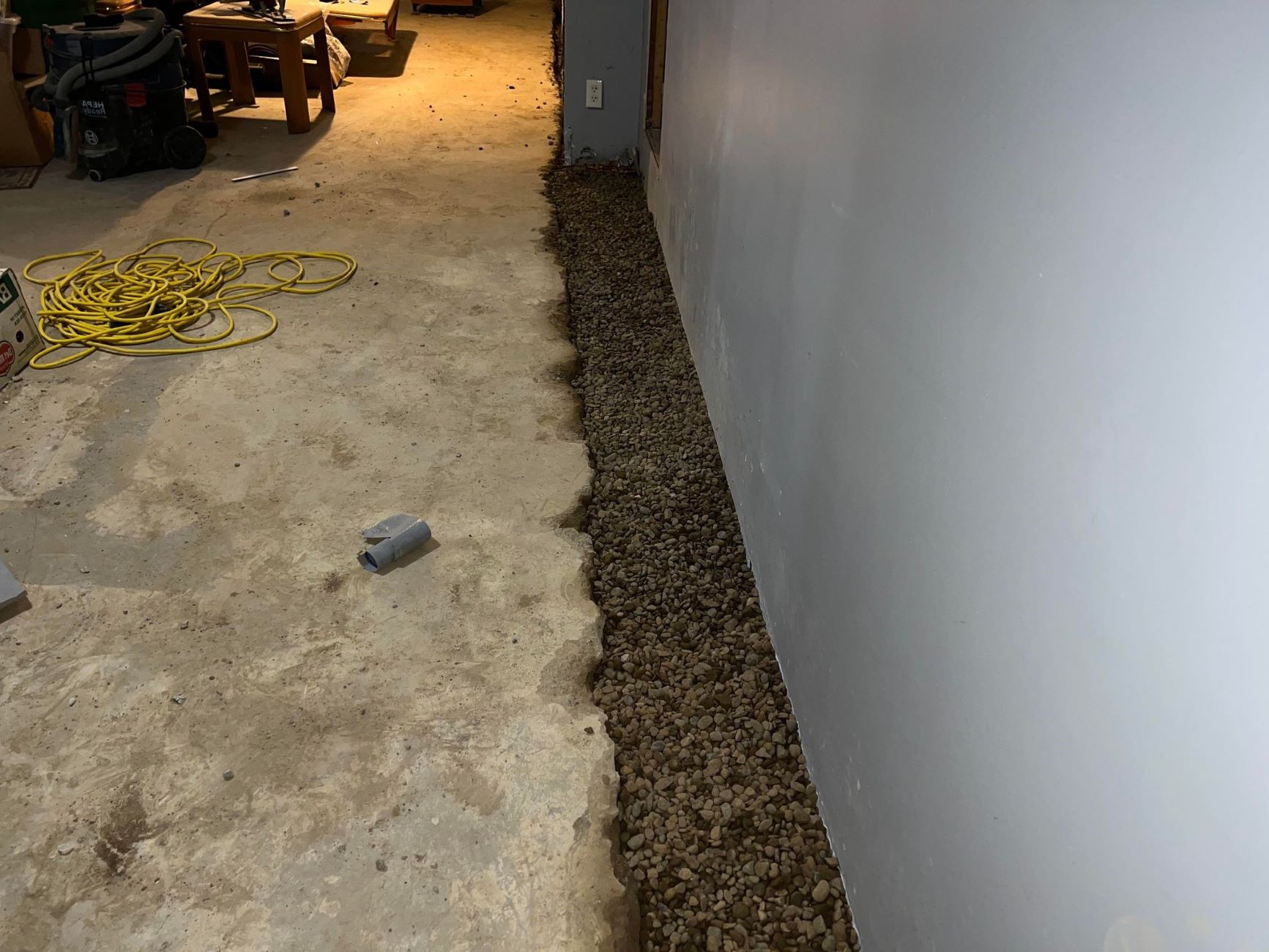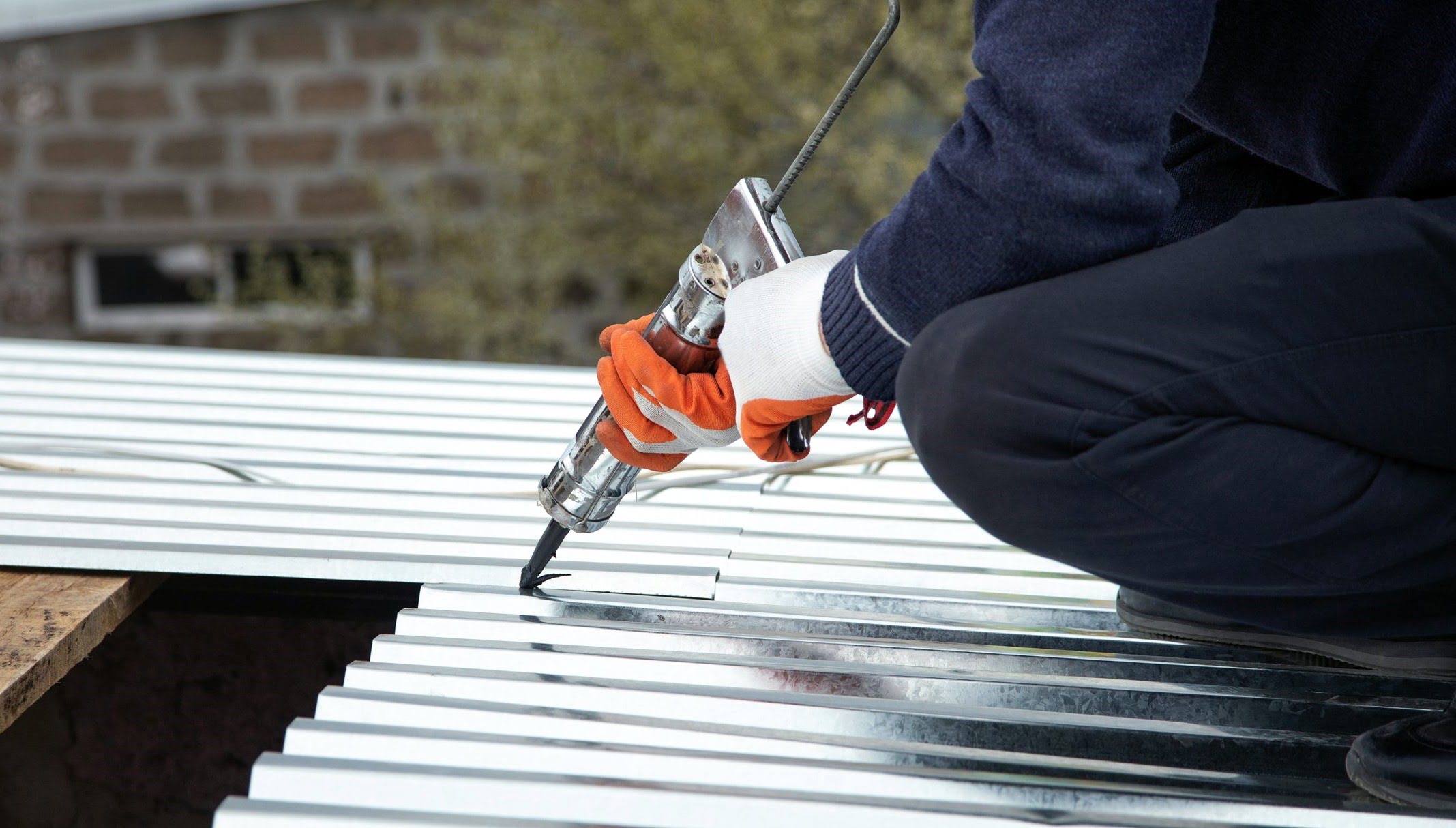Home>Create & Decorate>DIY & Crafts>DIY EMP Protection: How To Safeguard Your Electronics
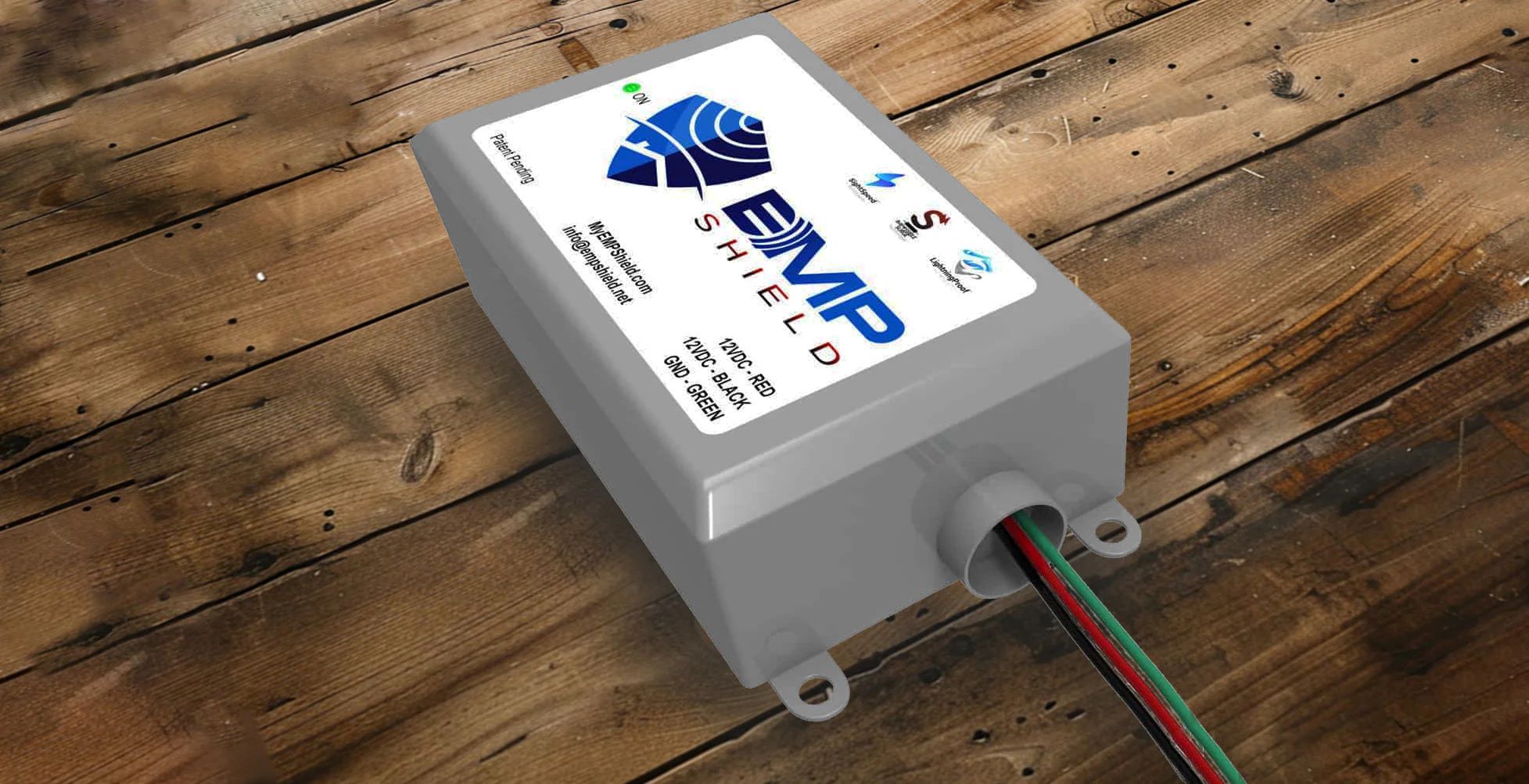

DIY & Crafts
DIY EMP Protection: How To Safeguard Your Electronics
Published: May 30, 2024

Senior Editor in Create & Decorate, Kathryn combines traditional craftsmanship with contemporary trends. Her background in textile design and commitment to sustainable crafts inspire both content and community.
Learn how to protect your electronics from electromagnetic pulses with our DIY guide. Safeguard your devices with simple and effective techniques. Ideal for DIY & Crafts enthusiasts.
(Many of the links in this article redirect to a specific reviewed product. Your purchase of these products through affiliate links helps to generate commission for Twigandthistle.com, at no extra cost. Learn more)
Understanding EMP and Its Effects on Electronics
An Electromagnetic Pulse (EMP) is a burst of electromagnetic radiation that can cause significant damage to electronic devices. This pulse can be generated by a nuclear explosion, a geomagnetic storm, or even a high-altitude nuclear detonation. When an EMP occurs, it can induce strong currents in electronic circuits, leading to the malfunction or destruction of sensitive components. The effects of an EMP can range from disrupting communication systems to rendering entire power grids inoperable. Understanding the potential impact of an EMP on electronics is crucial for taking proactive measures to safeguard your devices.
Read more: How To Make Circuit Board
Common Methods of DIY EMP Protection
When it comes to protecting your electronics from an EMP, there are several DIY methods that can be effective. These methods range from building a Faraday cage to using shielding materials and implementing grounding techniques. Here are some common and practical ways to safeguard your electronics from the destructive effects of an EMP:
-
Building a Faraday Cage for Electronics
- A Faraday cage is a simple yet effective way to shield your electronics from an EMP. You can construct a Faraday cage using materials such as aluminum foil, copper mesh, or galvanized metal. The cage works by diverting the electromagnetic energy around the enclosed space, thus protecting the contents from damage. It's important to ensure that the cage is properly sealed to prevent any gaps that could compromise its effectiveness.
-
Using Shielding Materials for EMP Protection
- Another approach to DIY EMP protection is to use shielding materials such as conductive fabrics, metal enclosures, or metalized plastic. These materials can be used to cover or wrap individual electronic devices, providing a barrier against the harmful effects of an EMP. When using shielding materials, it's essential to cover all sides of the device to create a complete shield.
-
Grounding Techniques for Electronics Protection
- Grounding your electronics is a crucial step in protecting them from an EMP. By connecting your devices to a grounding system, you can help dissipate the energy from an EMP and redirect it safely into the ground. This can be achieved by using grounding straps, conductive tapes, or grounding rods to establish a direct path for the electromagnetic energy to discharge.
By employing these common DIY methods of EMP protection, you can significantly reduce the risk of damage to your valuable electronics in the event of an EMP incident. Each method offers a practical and cost-effective approach to safeguarding your devices and ensuring their continued functionality.
Building a Faraday Cage for Electronics
A Faraday cage is a simple yet effective way to shield your electronics from an EMP. You can construct a Faraday cage using materials such as aluminum foil, copper mesh, or galvanized metal. The cage works by diverting the electromagnetic energy around the enclosed space, thus protecting the contents from damage. It's important to ensure that the cage is properly sealed to prevent any gaps that could compromise its effectiveness.
To build a Faraday cage, start by selecting a suitable container for your electronics. This could be a metal ammo can, a metal trash can, or even a cardboard box lined with multiple layers of aluminum foil. The key is to use a material that is conductive and can effectively block electromagnetic radiation.
Once you have chosen the container, line the interior surfaces with the chosen material, ensuring that there is complete coverage without any gaps or overlaps. It's essential to cover every inch of the interior to create a continuous shield. The more layers of the conductive material, the better the protection.
After lining the container, place your electronic devices inside and close the lid securely. Make sure that there is no direct contact between the electronics and the inner surface of the container. If using a cardboard box, ensure that the layers of aluminum foil are securely taped to prevent any tearing or separation.
For added protection, you can also place smaller electronic devices inside a sealed metal enclosure, such as a metal cookie tin, before placing them inside the Faraday cage. This extra layer of shielding can further enhance the protection of your electronics.
It's important to note that while a Faraday cage can effectively shield your electronics from an EMP, it's crucial to periodically inspect the cage for any damage or wear that could compromise its effectiveness. Regular maintenance and testing can ensure that your Faraday cage remains a reliable safeguard for your valuable electronic devices.
Using Shielding Materials for EMP Protection
Shielding materials play a crucial role in protecting electronic devices from the damaging effects of an EMP. These materials create a barrier that deflects and absorbs the electromagnetic energy, preventing it from reaching and affecting the enclosed electronics. When considering the use of shielding materials for EMP protection, it's essential to select the right materials and apply them effectively to ensure maximum effectiveness.
One common type of shielding material is conductive fabric, which is designed to block electromagnetic radiation. Conductive fabrics are available in various forms, including sheets, tapes, and bags, making them versatile for different applications. When using conductive fabric for EMP protection, it's important to completely cover the electronic device, ensuring that there are no gaps or exposed areas that could compromise the shielding.
In addition to conductive fabric, metal enclosures can also serve as effective shielding materials. Enclosures made of aluminum, copper, or galvanized steel can provide a robust barrier against electromagnetic energy. When using metal enclosures for EMP protection, it's crucial to ensure that the entire device is enclosed within the metal structure, with no gaps or openings that could allow the penetration of electromagnetic radiation.
Another option for shielding materials is metalized plastic, which combines the flexibility of plastic with the shielding properties of metal. Metalized plastic sheets or bags can be used to wrap individual electronic devices, providing a protective barrier against EMP. When using metalized plastic for EMP protection, it's important to securely seal the edges and seams to prevent any exposure of the enclosed device to electromagnetic energy.
When applying shielding materials, it's essential to consider the specific requirements of each electronic device. Some devices may require custom-fitted shielding solutions to ensure comprehensive protection. Additionally, proper grounding of the shielding materials can further enhance their effectiveness in mitigating the impact of an EMP.
By utilizing shielding materials effectively, DIY enthusiasts can significantly reduce the vulnerability of their electronic devices to the destructive effects of an EMP. Whether using conductive fabric, metal enclosures, or metalized plastic, the key lies in thorough coverage and secure application to create a robust shield against electromagnetic radiation.
Grounding Techniques for Electronics Protection
Grounding your electronics is a crucial step in protecting them from the damaging effects of an EMP. By establishing a proper grounding system, you can effectively dissipate the energy from an EMP and redirect it safely into the ground. There are several grounding techniques that DIY enthusiasts can employ to enhance the protection of their electronic devices.
One effective grounding technique is the use of grounding straps, which are conductive straps that provide a direct path for the electromagnetic energy to discharge. These straps can be securely attached to the metal enclosure or housing of electronic devices, creating a connection to the ground. When using grounding straps, it's important to ensure that they are securely fastened and have good contact with the grounding point to facilitate the efficient dissipation of electromagnetic energy.
Another grounding method involves the use of conductive tapes, which can be applied to the exterior of electronic devices to establish a grounding connection. Conductive tapes are designed to provide a low-resistance path for the dissipation of electromagnetic energy, thereby reducing the risk of damage to the enclosed electronics. When applying conductive tapes for grounding, it's essential to cover all sides of the device to create a comprehensive grounding shield.
In addition to grounding straps and conductive tapes, grounding rods can also be utilized to establish a direct path for the dissipation of electromagnetic energy. Grounding rods are driven into the ground near the location of electronic devices, providing a reliable connection for the discharge of electromagnetic energy. When installing grounding rods, it's crucial to ensure that they are driven to the appropriate depth to establish a secure and effective grounding connection.
When implementing grounding techniques, it's important to consider the specific requirements of each electronic device and ensure that the grounding system is properly designed and installed. Proper grounding can significantly reduce the risk of damage to electronic devices in the event of an EMP, providing an added layer of protection alongside other shielding methods.
By incorporating grounding techniques into DIY EMP protection measures, enthusiasts can enhance the resilience of their electronic devices and minimize the potential impact of electromagnetic pulses. Whether using grounding straps, conductive tapes, or grounding rods, the effective dissipation of electromagnetic energy through proper grounding can contribute to the overall safeguarding of valuable electronics.
Read more: How to Build an Entertainment Center
Testing the Effectiveness of Your DIY EMP Protection
After implementing DIY EMP protection measures, it is crucial to verify the effectiveness of the safeguards to ensure the safety of your electronic devices. Testing the protection against electromagnetic pulses can provide confidence in the resilience of your electronics and identify any potential vulnerabilities that require further attention.
One common method for testing the effectiveness of DIY EMP protection is to use an electromagnetic pulse simulator. These simulators are designed to replicate the effects of an actual EMP, allowing you to assess the performance of your shielding materials, Faraday cage, and grounding system. By subjecting your protected electronic devices to simulated electromagnetic pulses, you can observe how well the safeguards mitigate the impact of the pulse and whether any improvements are necessary.
Another approach to testing DIY EMP protection is to use an electromagnetic field meter. This device can measure the strength of electromagnetic fields and help determine the level of protection provided by your shielding materials and grounding system. By conducting measurements before and after implementing EMP protection measures, you can assess the reduction in electromagnetic field strength and verify the effectiveness of your safeguards.
In addition to using specialized equipment, practical testing methods can also be employed to evaluate the effectiveness of DIY EMP protection. For example, conducting a continuity test on the grounding system can ensure that a reliable path for the dissipation of electromagnetic energy is established. Similarly, performing a visual inspection of the shielding materials and Faraday cage can identify any signs of damage or areas that require reinforcement.
Furthermore, subjecting the protected electronic devices to real-world conditions, such as exposure to electromagnetic interference from nearby electronic devices, can provide insights into the robustness of the EMP protection measures. Observing the performance of the safeguards under various environmental factors can help validate their effectiveness in mitigating the impact of electromagnetic pulses.
Regular testing and evaluation of DIY EMP protection measures are essential to maintain the integrity of the safeguards and address any potential weaknesses. By incorporating a comprehensive testing regimen into your EMP protection strategy, you can ensure that your electronic devices are well-prepared to withstand the effects of an EMP and continue to function reliably in critical situations.
Conclusion: Ensuring the Safety of Your Electronics
In the face of potential electromagnetic pulse (EMP) threats, safeguarding your electronic devices is paramount. By understanding the impact of an EMP and implementing DIY protection measures, you can significantly reduce the vulnerability of your electronics. Whether through the construction of a Faraday cage, the use of shielding materials, or the implementation of grounding techniques, there are practical and effective ways to mitigate the destructive effects of an EMP.
Building a Faraday cage provides a reliable means of shielding your electronics from the harmful effects of an EMP. By utilizing materials such as aluminum foil, copper mesh, or galvanized metal, you can create a protective enclosure that diverts electromagnetic energy away from the enclosed space. Ensuring proper sealing and periodic maintenance of the Faraday cage is essential to maintain its effectiveness.
The use of shielding materials, such as conductive fabric, metal enclosures, and metalized plastic, offers versatile options for protecting individual electronic devices. Thorough coverage and secure application of these materials are crucial to creating a robust barrier against electromagnetic radiation. Custom-fitted shielding solutions may be necessary to address the specific requirements of each electronic device.
Grounding techniques play a vital role in dissipating the energy from an EMP and redirecting it safely into the ground. Whether through grounding straps, conductive tapes, or grounding rods, establishing a reliable grounding system enhances the overall protection of electronic devices. Proper installation and regular inspection of the grounding system are essential to ensure its effectiveness.
Testing the effectiveness of DIY EMP protection measures is a critical step in validating the resilience of your electronics. Utilizing electromagnetic pulse simulators, electromagnetic field meters, and practical testing methods can provide insights into the performance of your safeguards. Regular testing and evaluation help identify any weaknesses and maintain the integrity of the EMP protection measures.
In conclusion, safeguarding your electronics from the potential impact of an EMP requires a proactive and comprehensive approach. By implementing DIY EMP protection measures and regularly testing their effectiveness, you can ensure the safety and functionality of your electronic devices in the event of an EMP incident. Prioritizing the protection of your electronics today can contribute to their reliability and resilience in the face of unforeseen electromagnetic threats.

